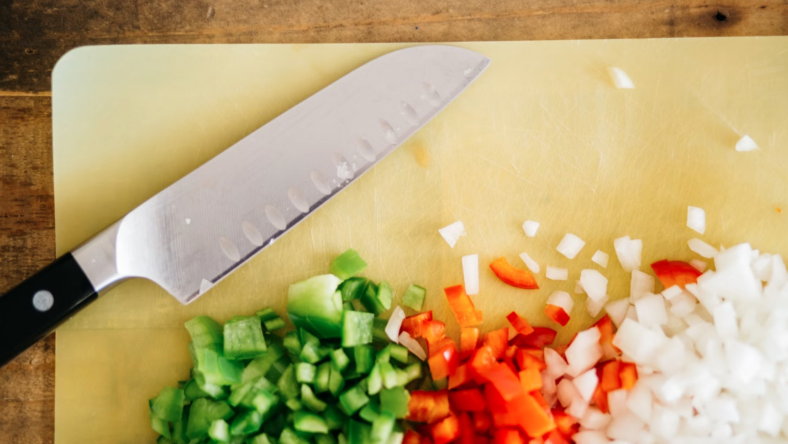
As you prepare to head off to college, cooking your own meals might be necessary if you live off-campus. If you are new to cooking, there’s no need to worry. Check out these ten tips for students learning to cook, which are sure to turn you into a chef in no time.
10. Stick to Medium Heat

My first tip for students learning to cook is to err on the side of medium heat when learning and cooking stovetop. The easiest way to ruin a recipe is by burning it. Mistakes are made and recipes get thrown in the garbage when the stovetop is on high heat. When you aren’t super familiar with a recipe yet take it slow and stick to a lower heat. Once you get comfortable you can start experimenting with higher temperatures, but as a beginner go slow. Slow is less risky.
Related: 6 Easy Dinners Under $10 to Save on Groceries
9. Kosher and Sea Salt Only
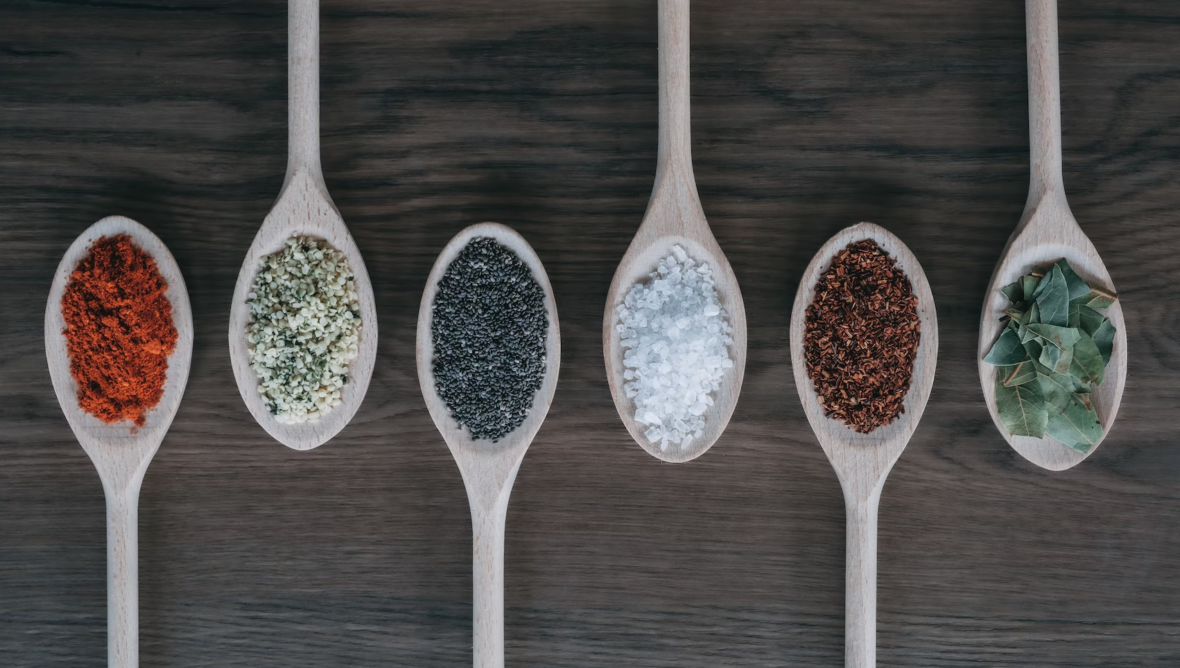
When it comes to cooking with salt (something you should always be doing) I like to stick to kosher and sea salt. These two salts are much more flavorful and forgiving if you accidentally add too much. Sticking primarily to one or two types of salts is also helpful because you will understand how much to add to get the exact flavor you want more quickly. If you are experimenting with a few different types it will be more difficult to figure out how potent they all are and you risk over-salting your food.
Check Out: 6 Best Trader Joe’s Frozen Meals for Dinners
8. Add acidity

When a recipe is lacking something and you can’t quite put your finger on it, add acidity. A little splash of vinegar or a squeeze of lemon juice can go a long way in a recipe. The acidity brightens the meal and can make the meal feel much lighter and fresh.
Also Read: Creamy Garlic Parmesan Pasta
7. Follow the Recipe
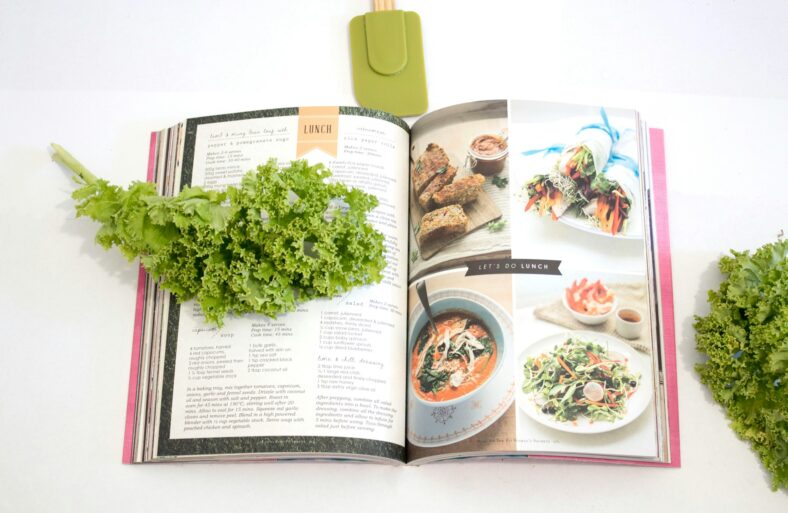
When you’ve been in the kitchen for a little while this rule doesn’t apply as much, but for students learning to cook this tip is so important. Not only will following the recipe help you produce a great meal, but when you follow a few recipes you’ll start to notice patterns in certain dishes and you’ll understand why you are doing what you are doing. You’ll learn which flavors work together and the best ways to prepare them.
Check Out: Chili Con Carne
6. Use High Quality Ingredients
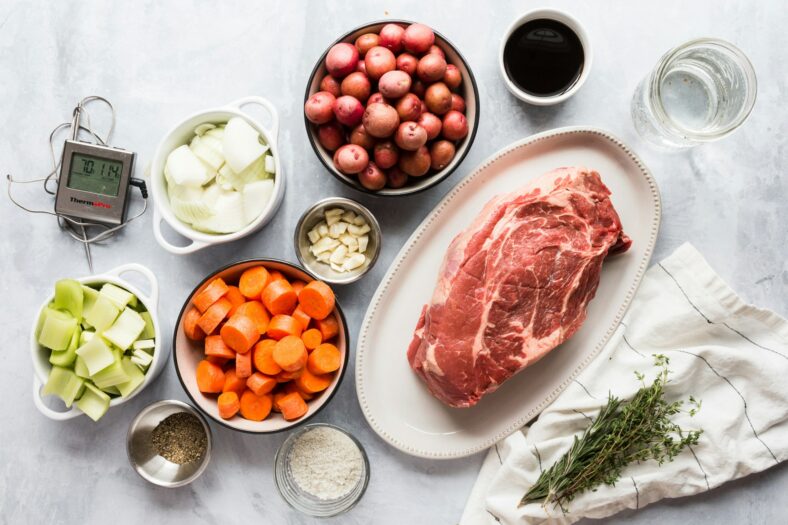
When possible students learning to cook should use the very best ingredients. Try to skip on any vegetables that are canned like corn or peas. Fresh is always better and it WILL make a difference in your food. Good ingredients speak for themselves and camouflage any inexperience. When you are using top-notch ingredients it is hard to mess up. To make bad ingredients taste good you need a lot of help from an experienced chef.
Read More: The Best Infused Mint Vodka
5. Fresh Garlic
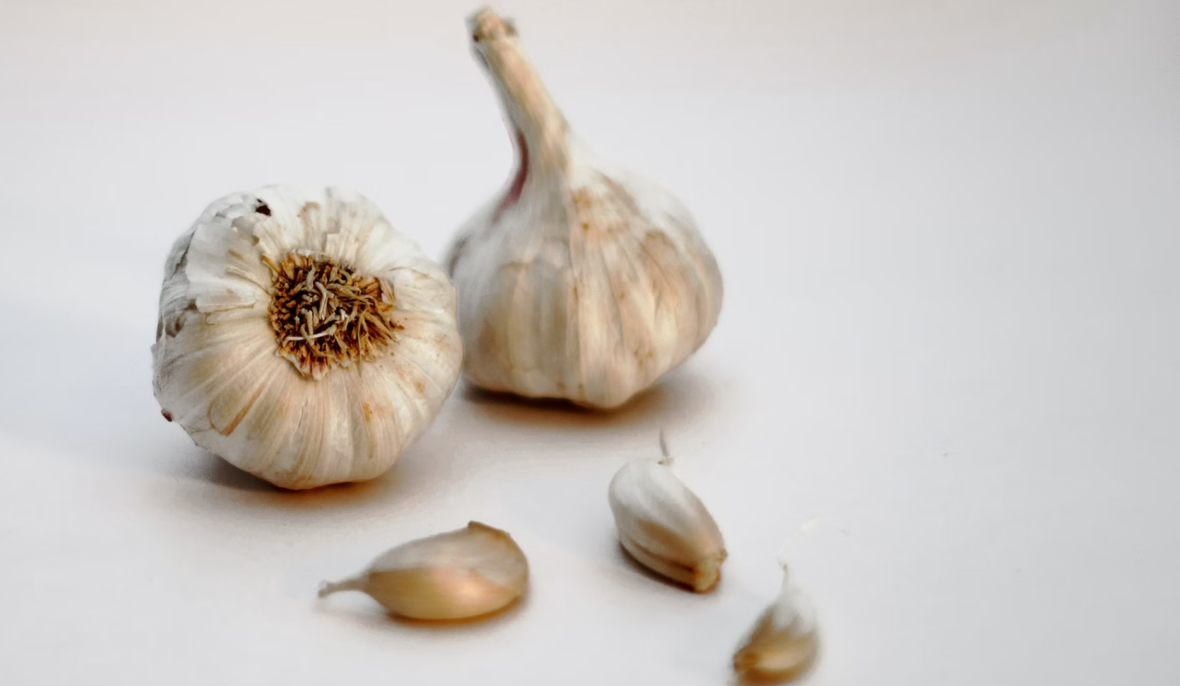
Students learning to cook should always always always use fresh garlic. The flavor profile of fresh chopped garlic has a taste that can’t be mimicked. Even the minced garlic in the jar has a slightly different flavor that isn’t nearly as good as the real deal. I don’t even want to mention garlic powder because that is a big no. If a recipe calls for garlic powder that is completely fine, but never use garlic powder in place of real garlic.
Check Out: Creamy Garlic Parmesan Chicken
4. Shred Your Own Cheese
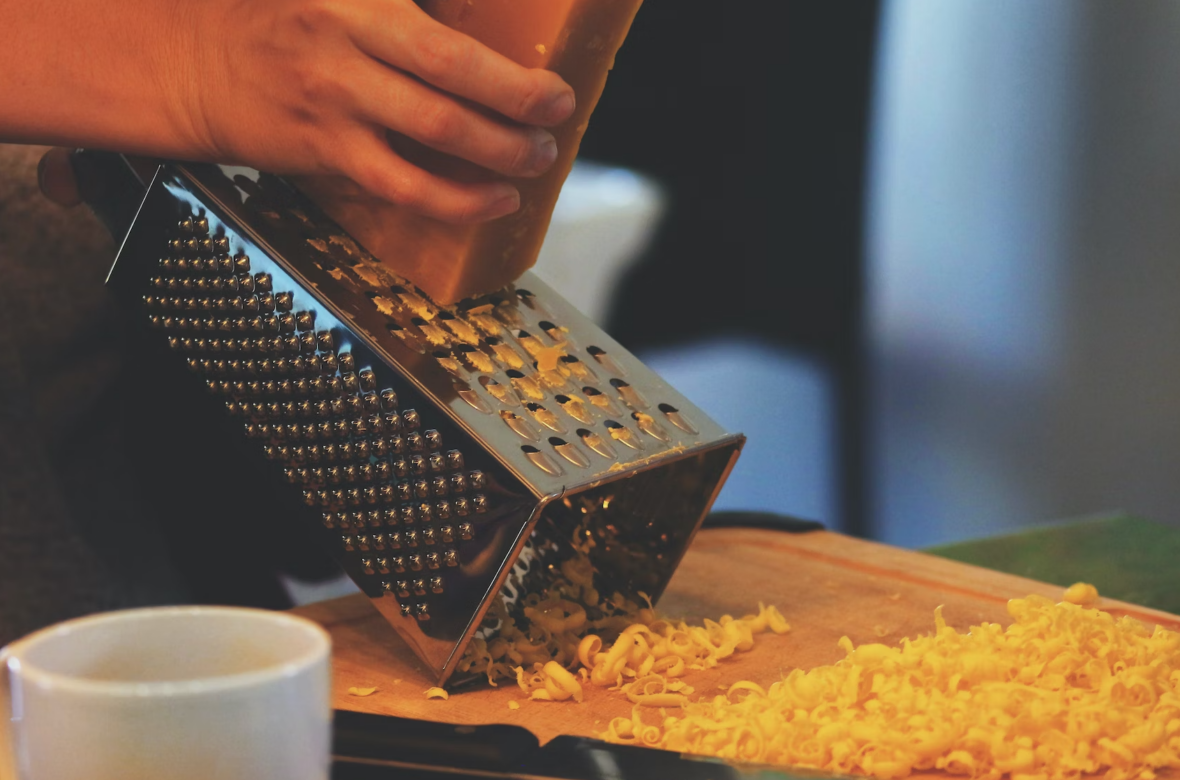
Students learning to cook should always buy blocks of cheese and shred it themselves. Don’t buy cheese that comes shredded in a bag. These cheeses have additives and preservatives in them to prevent the shredded cheese from clumping in the bag and these extra ingredients affect the flavor of the cheese.
Also Read: Old-Fashioned Macaroni and Cheese
3. Take the Time to Chop Your Veggies
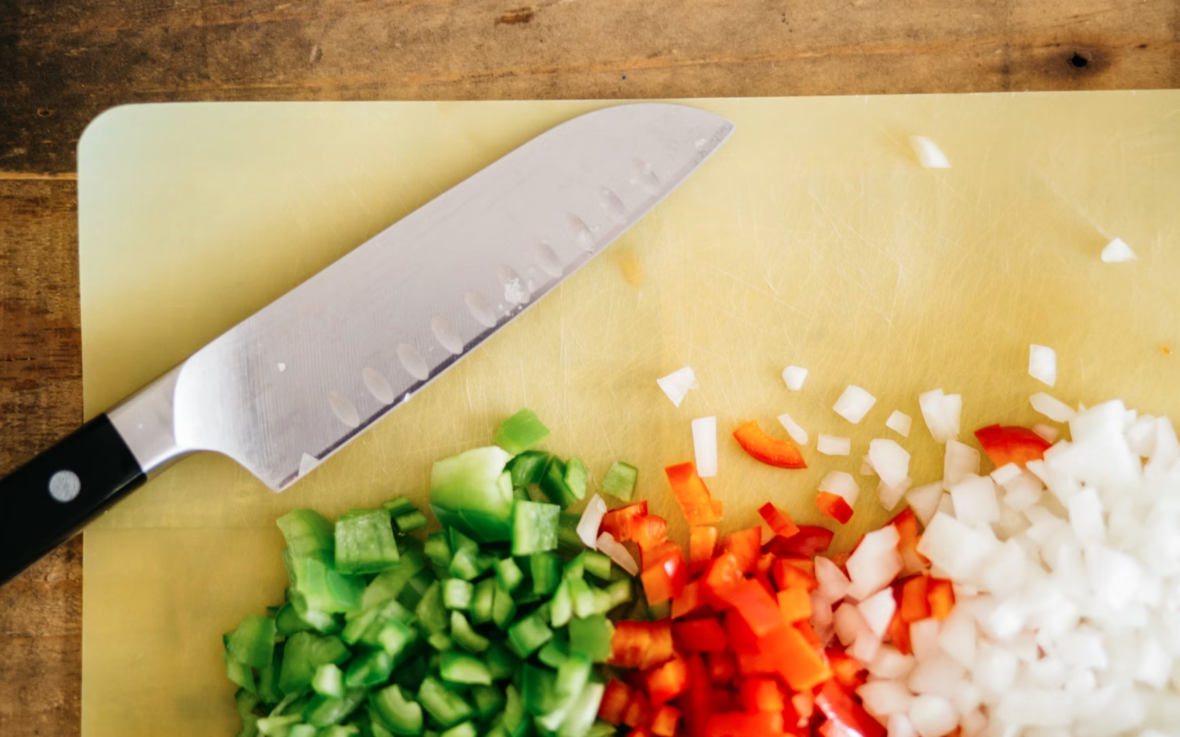
Taking the extra five minutes to chop everything up into small pieces is a must for students learning to cook. Nobody wants a big chunk of onion or garlic in their meal and huge bites of lettuce or pepper are just unappealing and difficult to eat.
Check Out: How to Cut Fajita Onions Perfectly Every Time
2. Slow Cook Your Meat
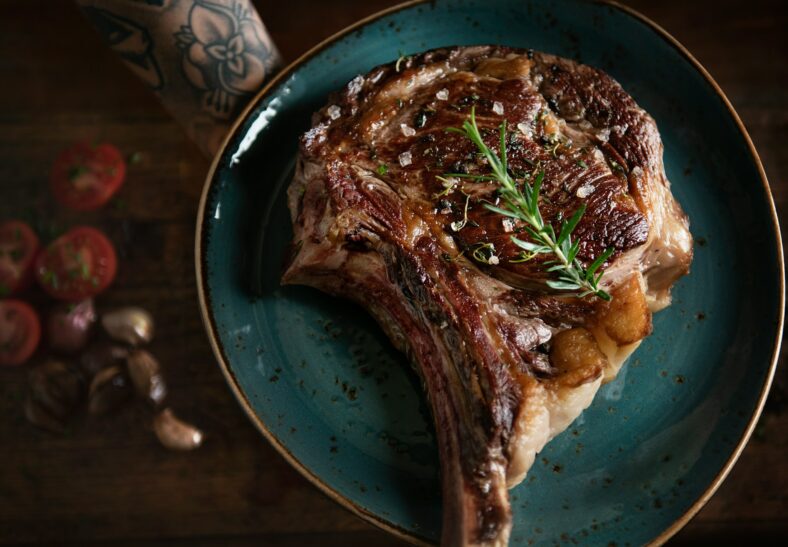
For a cheaper or tougher cut of meat, students learning to cook should cook this for a long time. Cook your cut of meat for a long time over low heat and season very well to allow the meat to tenderize and increase its flavor profile. If you do this, your tough cut of meat will be tender and delicious.
Read More: Chicken Korma
1. Marinate With Mayo
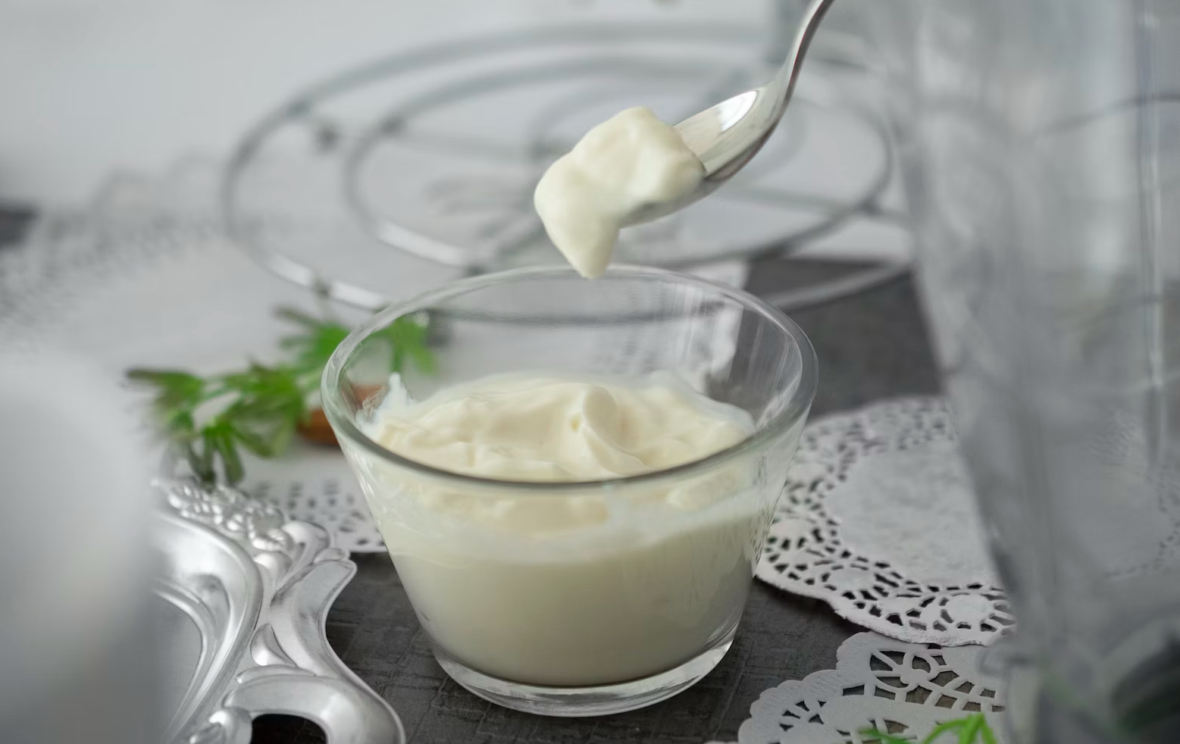
Hear me out. I know some of us aren’t obsessed with this condiment, but mayonnaise is a seriously good marinade. Add whatever meat you want to a big ziplock with mayo (or yogurt if you are very opposed) and whatever other seasonings and flavorings you want. Let that sit in the refrigerator for a few hours, and you will have the juiciest piece of meat.
Check Out: Loaded Baked Potato Soup
Using just a few of these kitchen tips will turn you into a newly-minted chef and allow your college meals to be a little more than just microwavable ramen. You can even invite your friends over and impress them with your new cooking skills.
Explore More:Lifestyle
